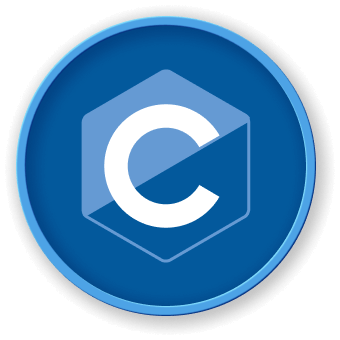Introduction
In this lab, we will write a C program to check if the input number is an integer or a float. We will be using basic string manipulation techniques to check for the presence of a decimal point in the user input.
Note: You need to create the file
~/project/main.cyourself to practice coding and learn how to compile and run it using gcc.
cd ~/project
## create main.c
touch main.c
## compile main.c
gcc main.c -o main
## run main
./main



